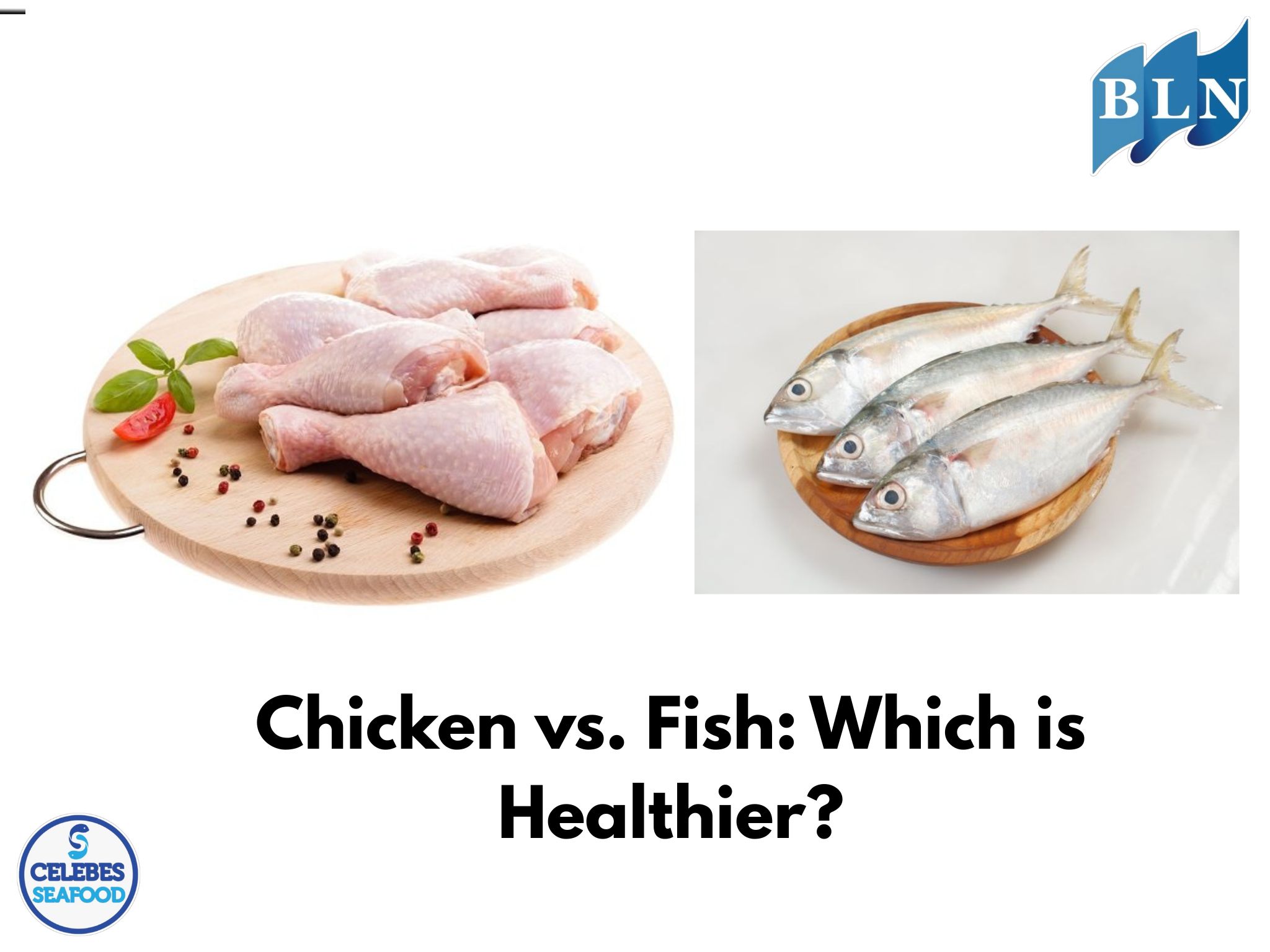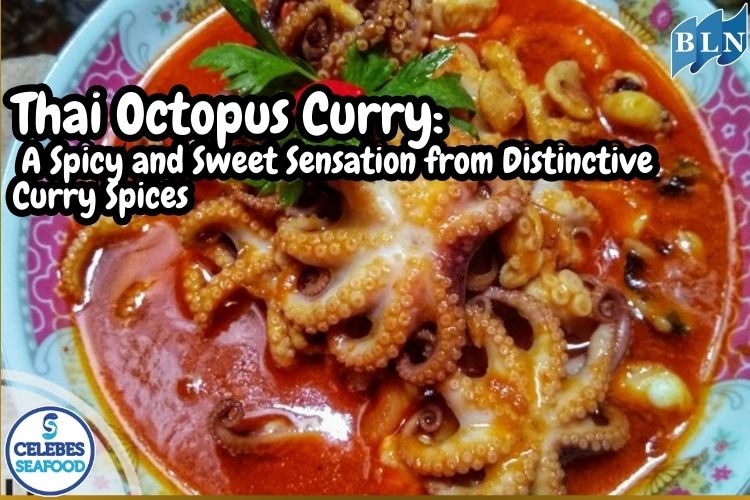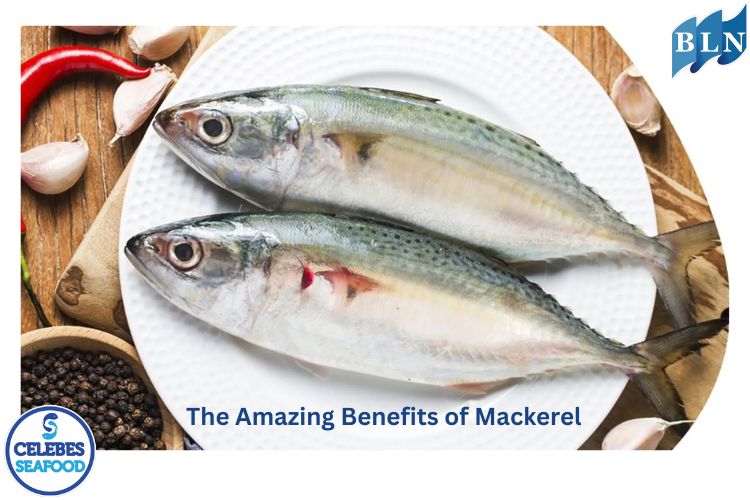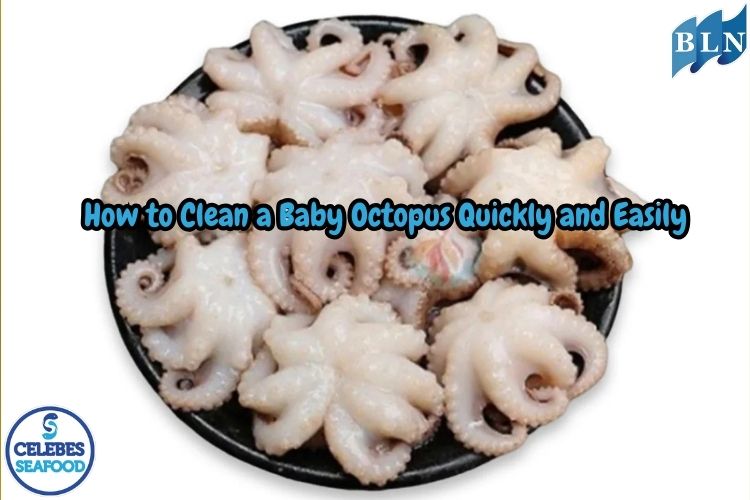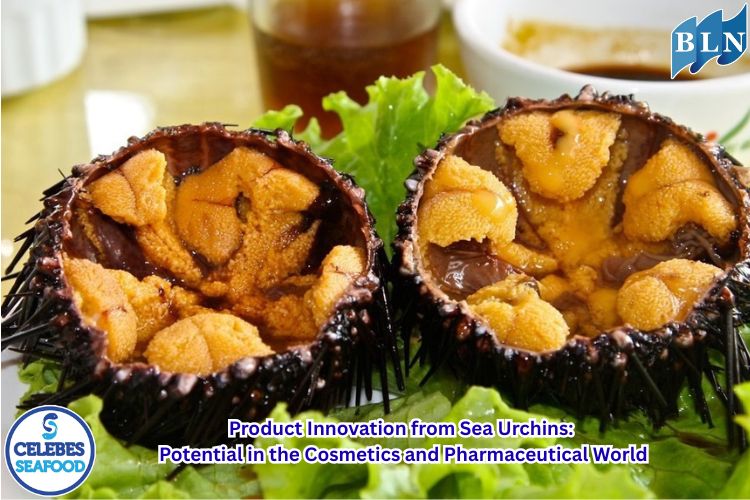The Potential of Marine Fish in Strengthening Food Diversification and Nutrition in Coastal Communities
By. Alfian - 12 Aug 2025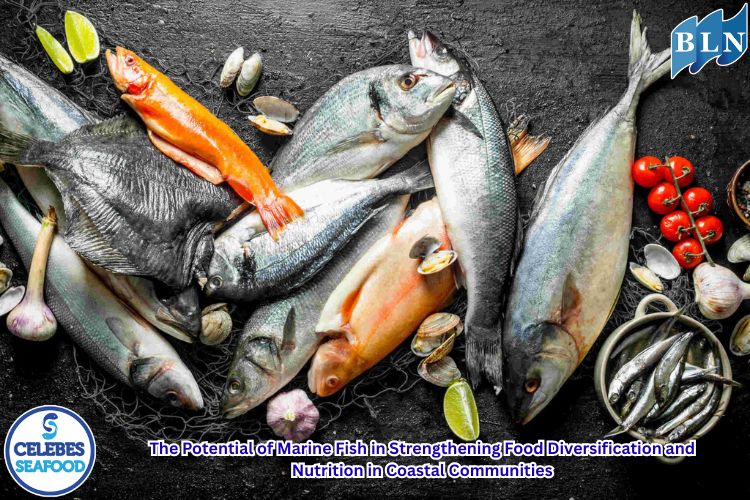
lautnusantara.com Marine fish play a crucial role in strengthening food diversification and nutrition, especially for coastal communities. Indonesia, as an archipelagic country with a long coastline, boasts abundant marine fish resources. Unfortunately, this potential has not been fully utilized optimally.
Here are some aspects of marine fish's potential in strengthening food diversification and nutrition for coastal communities:
1. High Source of Protein and Nutrients
Marine fish is a source of high-quality, easily digestible animal protein. Its protein content is equivalent to beef and chicken, and it even has several advantages. Furthermore, marine fish is also rich in essential nutrients such as:
- Omega-3 Fatty Acids: Marine fish, especially fatty fish like tuna, mackerel, and salmon, contain omega-3 fatty acids, which are very beneficial for brain, heart, and nervous system health.
- Vitamins and Minerals: Marine fish are rich in vitamins A and D, which are important for eye and bone health. Furthermore, fish also contain minerals such as iodine (which prevents goiter), iron (which prevents anemia), selenium, and zinc.
2. Diversification of Food Processing
Sea fish are not only consumed fresh. With various innovations, fish can be processed into a variety of products that have higher sales value, longer shelf life, and can certainly enrich people's diets. Some examples of processed fish that can be developed are:
- Frozen Processed Products: Frozen fish, shrimp, squid, or other processed products such as fish nuggets and meatballs.
- Dried Products: Salted fish, fish floss, and fish crackers.
- Fermented Products: Fermented fish or other traditional processed products.
- Ready-to-Eat Products: Fish patties or fish sausages, which can be a practical alternative for daily consumption.
3. Utilization of Various Fish Types
Diversification is not limited to processed fish, but also to the types of fish consumed. Coastal communities often rely on only a few commonly caught fish species. However, there are many other fish species that have nutritional and economic potential, including small fish (anchovies) which are rich in calcium. Utilizing all types of fish can help maintain resource sustainability and ensure equitable food availability.
4. Improving Community Economy
By diversifying processed fish products, coastal communities can increase the added value of their catch. For example, fish sold fresh may have a relatively low price. However, if processed into processed products such as shredded fish or crackers, the price can double. This not only increases the income of fishermen and fish processors but also creates new jobs in the food processing sector.
5. Addressing Nutritional Problems
In some coastal areas, despite abundant fish resources, nutritional problems such as stunting still occur. This is often caused by a lack of knowledge about the nutritional importance of fish and a skewed consumption pattern. Through education and training on food diversification, communities can be taught how to process fish into more attractive and nutritious dishes, thereby increasing fish consumption and improving family nutritional status.
Overall, marine fish have great potential to become a key pillar of food and nutrition security in Indonesia. With the right strategies, ranging from sustainable resource management, processing innovation, and nutrition education, the riches of the sea can truly be enjoyed by all communities, especially those living in coastal areas.
If you are interested in our GOAT FISH BUTTERFLY SKIN ON, GOAT FISH BUTTERFLY HEAD ON please do not hesitate to contact us through email and/or whatsapp.
